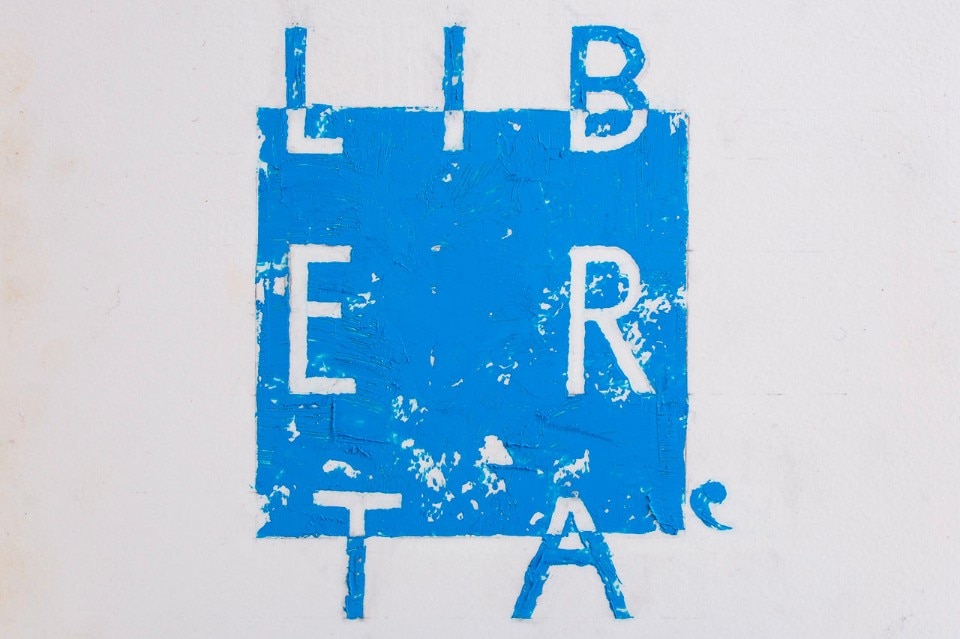After our interval for the May issue, let us now get back to our monthly appointment to conclude what we were saying about the construction of a design theory. This time we shall be talking about the last of the phases into which we have divided this work: freedom. At this point, after having pondered in succession first the question of awareness, then imagination and finally that of our craft – which concretely brings the project into being – we felt we had somehow exhausted the subject as a whole, that there was nothing else to be added. Evidently, we were wrong. With the realisation of a project and its physical evidence, our work has certainly been brought to conclusion. The project for us is finished in as much as it no longer belongs to us; it detaches from us and is handed over to others. It is ready, for example, to be used as material for the final construction of the work. That’s the beginning of another story, however, which for now we won’t be discussing. The fact that at this point our job is finished would certainly seem true. But, when we come to think about it, it is not entirely so.
Let it not seem paradoxical to want to carry on talking about the project even when it is over
Human communities need to recognise themselves, represent and manifest themselves in a clear and shared architectural project
The architectural project is an instrument of knowledge
The pause between one project and another is the architect’s space for freedom
With the architectural project that we have outlined, this is not the case. The space between one project and the next is never empty. Instead, it is incredibly full of the work just concluded. It has the capacity to bring light to life itself, at times even illuminating it with new light. The pause between one project and another is therefore the architect’s space for freedom. It is an unconstricted space, something absolutely not permissible during the making of the work, due to its eminently collective nature. All this makes it important to name this moment as if it were actually a phase of the work on a par with awareness, imagination and craft. In the end, freedom is the phase that upholds them all. It is a moment of pause, freed from the work and its rules, that has the capacity to put work back into the right position of life as a whole and not only a part of it. This pause is not simply a wait for another job, but an actual moment of freedom, above all for the mind. Now that the work is finished it can reason freely on what has been done and what still remains to be done. This pause is especially healthy because it enables us to return, so to speak, to real life, with its perplexities, problems and truths outside the work that squeezes us into what is in a way a closed world.
Top: Tullio Pericoli, Libertà, 2017. Oil on board

